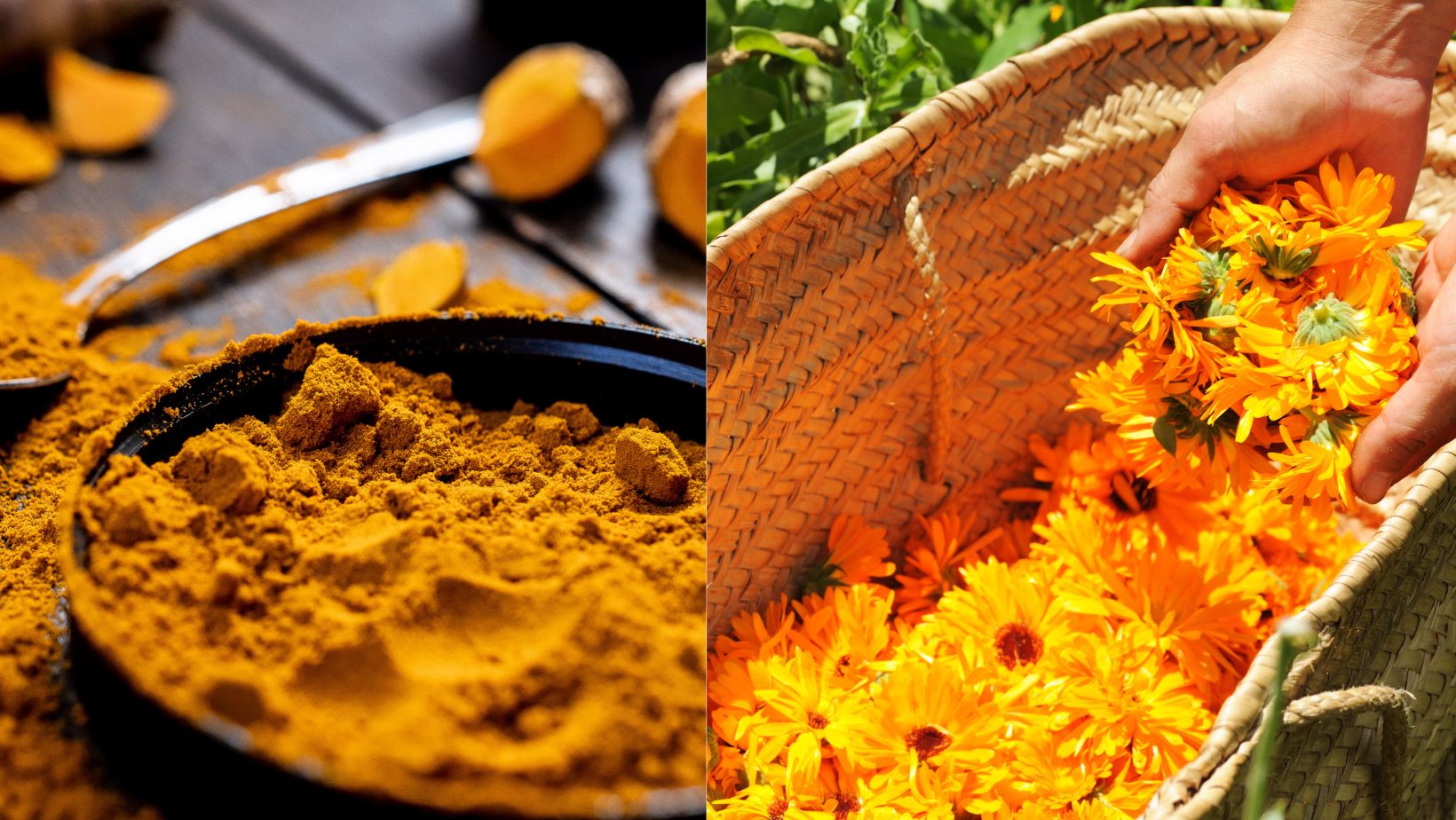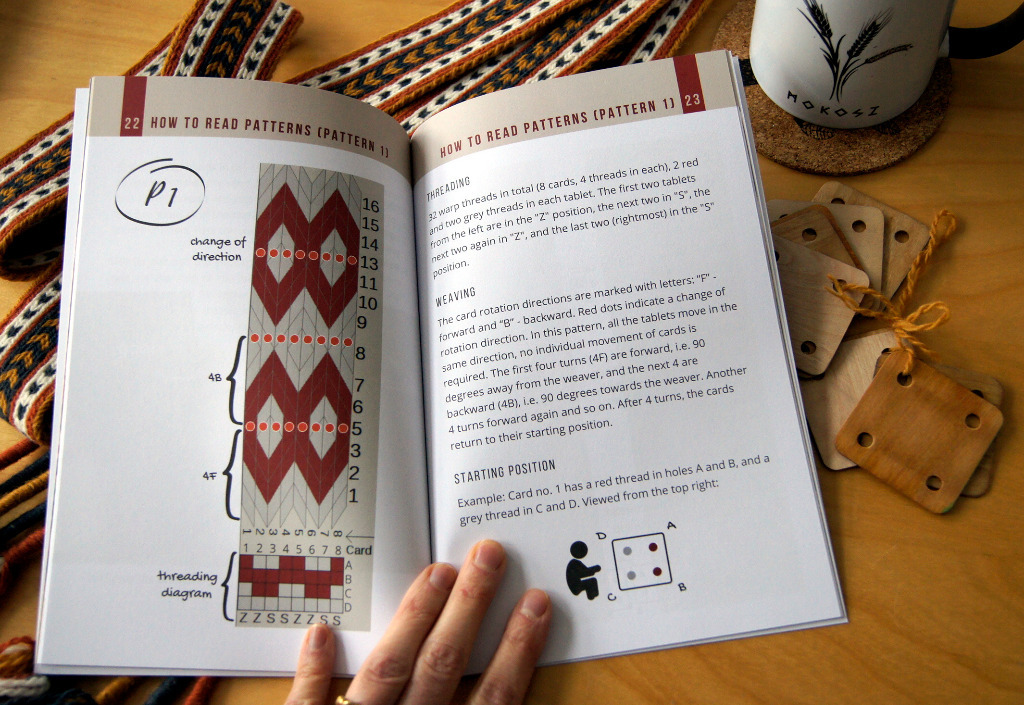Spontaneous Yellow Dyeing with Flower and Spice
Spring sunshine has a way of awakening the need for colour. Not the loud, flashy kind, but something warmer, more natural—like light passing through amber. That was exactly the kind of shade I was after in this dyeing experiment: a soft, glowing yellow born from a simple blend of a flower and a spice you probably already have in your kitchen. The stars of today’s dye pot? Dried pot marigold petals and ground turmeric. These two ingredients provide a quick and efficient way to obtain a beautiful yellow.
The Yarn
I prepared about 70g of wool yarn—two separate batches from different producers, but of similar quality. I wound each skein into what’s known as a “scarf” (a long hank), loosely tied in three places with the same yarn. This helps the wool stay untangled in the pot and makes rinsing much easier later on.
Mordanting with Alum
The first step was mordanting the wool in an alum solution. I used about 10g of alum for 70g of yarn. Alum is a naturally occurring mineral long used in natural dyeing. It helps colour penetrate more deeply into the fibres and improves colourfastness. I dissolved the alum in warm water and soaked the yarn in it for at least an hour, keeping the pot on a gentle heat. After an hour, I removed the yarn, gently squeezed out the excess water, and let it rest on the balcony for about 15 minutes to air out slightly.
The Dye Bath
In a separate pot, I simmered a small amount of water with dried marigold (calendula) petals I was given by a friend who had harvested them in 2022. The petals had been stored in a dry, dark place and still retained some colour—but not quite enough to dye all the wool evenly. So I added a teaspoon of culinary turmeric, the kind used in curry. Turmeric is an extremely potent dye—even a small amount produces an immediate burst of colour.

I let the mixture steep gently, just below boiling, for about 30 minutes. Then I turned off the heat and let the dye bath sit for a little while longer to release even more colour. I strained out the flower petals (to avoid bits clinging to the wool) and poured the liquid into my larger dyeing pot—one I use only for dyeing. I topped it up with filtered water from my kitchen kettle to create the final dye bath.
The Dyeing Process
When the dye bath was ready, I slowly submerged the wool. I always do this gently—wool doesn’t like thermal shock or vigorous stirring. I let it heat up on low (using an electric stove) for about 40 minutes. Then I turned off the heat, covered the pot, and let everything cool down gradually. The yarn soaked in the colour for a few more hours—dyeing rewards patience.
Finally, I rinsed the yarn in lukewarm water until the water ran clear. I laid it out to dry flat on the balcony, out of direct sunlight.
The Duo of Turmeric and Pot Marigold
The finished wool turned a rich honey yellow—warm, luminous, and even. Both yarn batches took the colour beautifully, despite slight differences in texture. The turmeric enhanced the marigold’s subtle golden hue, giving it depth, vibrancy, and brilliance. It’s funny—I now have hand-dyed wool that’s almost identical in colour to a skein I bought from a shop, dyed industrially with a synthetic dye.





You must be logged in to post a comment.